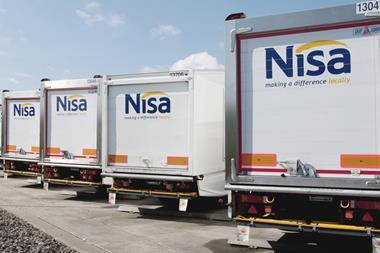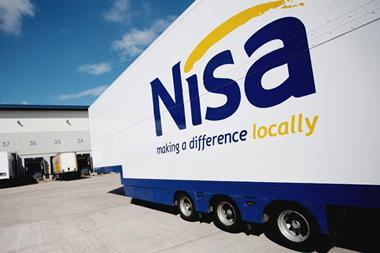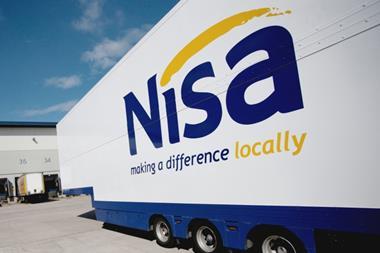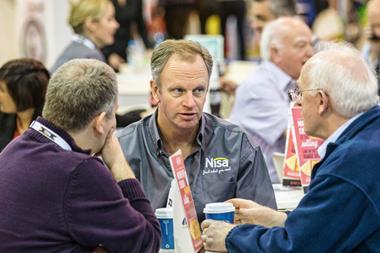Just over a month ago buying group Nisa posted an operating loss of £3m - the first time it went into the red in its 38-year history. A week later it sent a letter to members explaining that deteriorating trading in June had triggered the need for immediate action including price rises, the suspension of some member rebates and reducing the leaflet subsidy.
Since then the management has been conducting six roadshows across the UK to explain the reasons for the loss and, more importantly, drum up support for what CEO Nick Read has labelled the “fightback”.
The Nisa fightback
- Return business to profitable growth
- Drive better member engagement
- Simplification of the business
- Rebuild trust
Speaking exclusively to The Grocer this week, he sets out how these have gone and reveals his battle plan.
“Of course some people were not happy with what is happening, but if anything I was pleasantly surprised by the feedback both at the events and from the calls and emails afterwards,” Read says. He adds he has been particularly keen to allay member fears they may not get their rebates at the end of the current financial year, having been delayed in the current belt tightening. “Our profits will be going nowhere but to members, so we will absolutely pay back those rebates if we hit our current profits target of £7.2m,” he stresses. “I equate this to a coffee shop where someone buys nine coffees and gets the 10th free. You wouldn’t give the first away and hope people buy the next nine.”
There are four key pillars to Read’s fightback strategy. To return the business to profitable growth; drive better member engagement; simplify the way Nisa operates; and rebuild trust with the membership.
Volume at any price
In terms of growth, Read admits the company has been guilty of chasing volume at any price. Therefore when it comes to the recent prices changes, he is at pains to point out Nisa did not increase the price of the top-selling KVIs but rather divide products into the head, shoulders and tail - “this only affects the shoulders and tail while remaining 4% more competitive than our rivals,” he says.
The group has also held a summit in the last few weeks attended by 250 suppliers, who Read says were in a “thoughtful and listening mode”.
On member engagement, Read says Nisa has been too chaotic and the group will look to communicate better with members and respond more quickly to issues. It has tweaked its member forum to make sure members receive a response within 24 hours, and will change its order capture system to encourage members to buy more goods through the group.
The simplification process will begin with the myriad terms currently available to members, and a review is now under way. Meanwhile, trust will feature heavily in the group’s reaction to the review of its corporate governance by Lord Myners earlier this year. Members will vote on changes such as ‘one member, one vote’ at the agm in November.
”While the weather hasn’t been what we want it to be I’m quite pleased in terms of sales and performance”
Read says the agm will be moved from a Monday evening in Scunthorpe to a more accessible location such as Leeds or Birmingham and be held at a different time of the week to ensure as many members as possible can have their say.
And despite the difficult trading in June, July has already been better, Read says, with total sales up 2% for the last quarter and volumes up 7%. “In June we had some poor badly structured deals that were part of a less than sensible promotion and while the weather hasn’t been what we want it to be I’m quite pleased in terms of sales and performance.”
However he “is not calling a summer just yet.”
After nearly a month on the road, Read says now is the time to get “back to business”. There are positive signs, but he says he is all too aware there is plenty of hard work ahead if his fightback will be successful.



















No comments yet